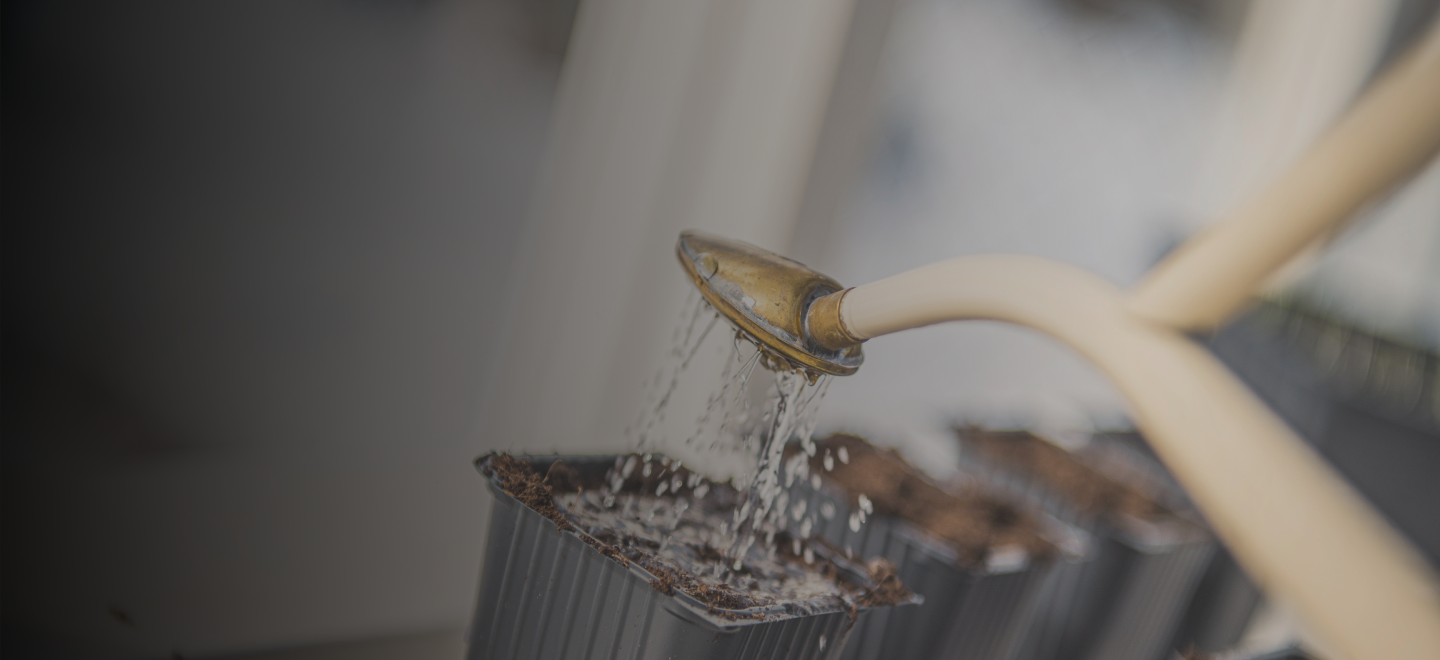


OVERWATERING
Overwatering is a common problem, especially for people just learning to take care of plants. Plants living in soil that is too wet suffer from a lack of oxygen, which leads to the death of roots and a loss of vigor in the plant. Conditions that are too damp also allow harmful bacteria to thrive and make plants sick.
It is important to water each plant based on its individual needs, so always check the soil condition near the plant’s base by first pushing in your index finger ¾” deep into the soil and, if there is still moisture, wait a couple of days before watering. This is especially important during the cooler months while most plants are resting and preparing for warmer temperatures.
It is also important to have well-drained soil. Plants cannot grow well in waterlogged soil as their roots cannot absorb the oxygen needed to function normally. The longer the plant’s oxygen supply is restricted, the greater the root damage and the dying roots cannot supply the plant with nutrients.
Is my plant overwatered?
Common signs and symptoms that your plant is overwatered:
- Yellowing or withering leaves
- Leaves turning brown and soft
- Leaves dropping off
- Plant stem feels mushy
- Mold or moss on the top of the soil
What to do?
For mild-to-moderately overwatered plants, just stop watering for a day or two while checking the soil moisture level.
For moderate-to-severely overwatered plants, you should carefully remove the plant from the pot and trim away any mushy or black roots and then replant in a new pot with fresh potting soil. If you choose to replant in the same pot, make sure to wash the pot with disinfectant soap and hot water and rinse completely before filling with fresh potting soil.
The key is, when it comes to watering, less is more.
